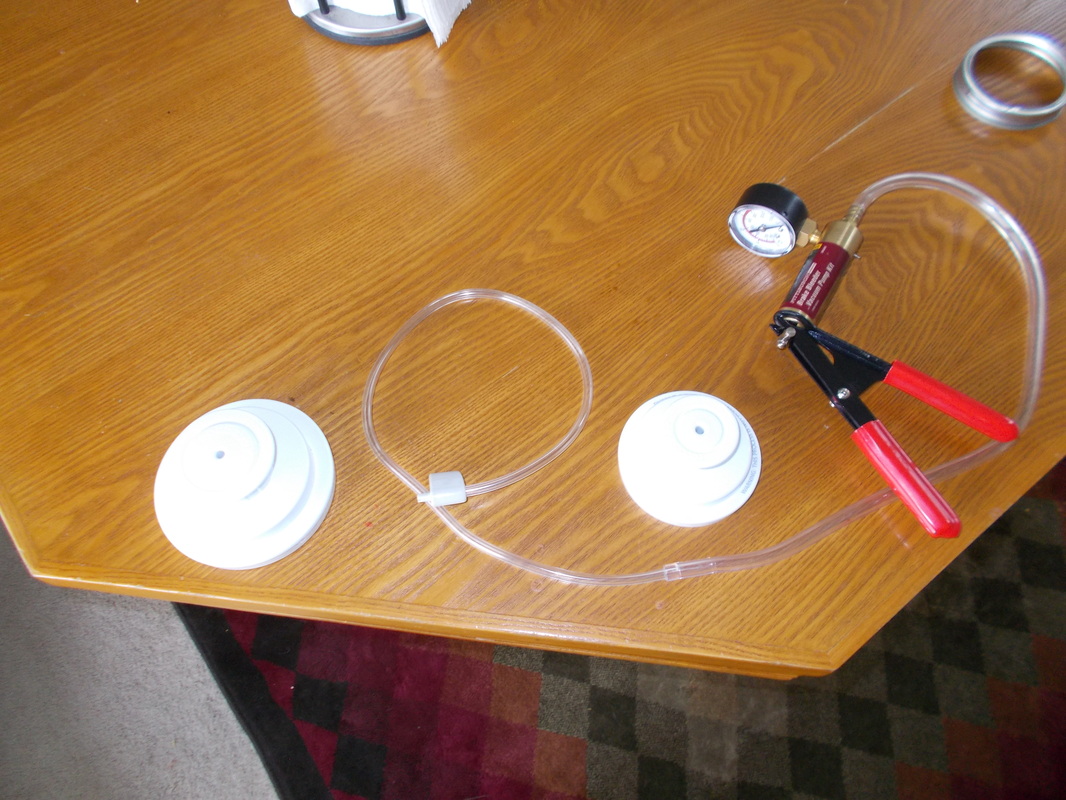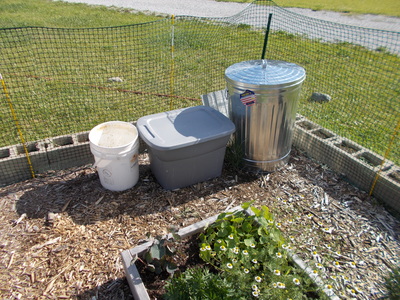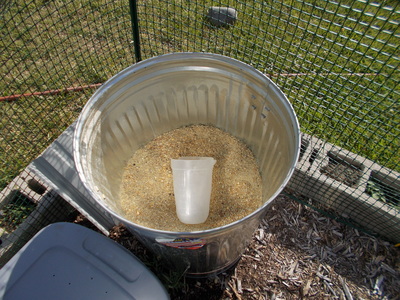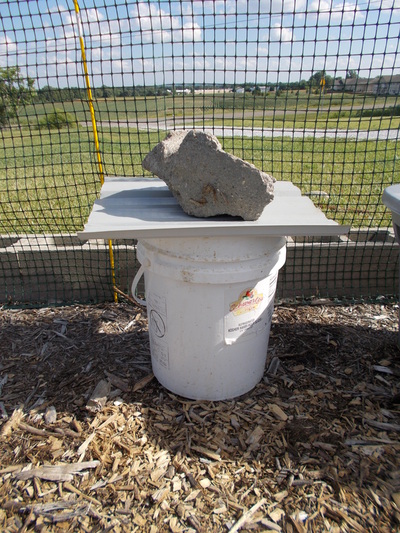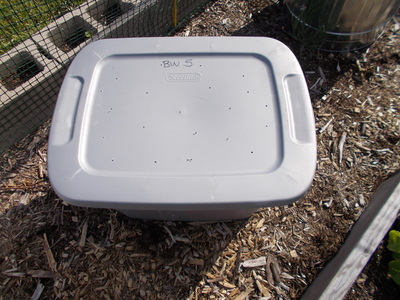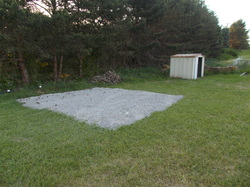After getting it, I attached the hose that came with the brake bleeder and then cut off an end of the Food Saver Accessory Hose. This cut end fit perfectly in the clear hose that came with the brake bleeder--no sealing necessary. If you do this, I hope it fits great for you too.
This video demonstrates how crunchy the cereal is after being stored for over ten months in the vacuum-sealed jar. For some reason the kids were happy to help with this video.
Words of warning. The brake bleeder is not meant for this purpose so please use at your own risk. Some people have been concerned about the brass fittings at the end of the brake bleeder. Our logic is that the brake bleeder is only pulling the air out of the jars and not putting any air into it, so there should be no brass residue. Anyway, we are okay with it.
Also, please research what foods to use. Powders can be used (e.g. flour, dry milk), but keep the level lower in the jar so as not to suck up the powder in the hose. Use only dried materials. Even though the air is out, if there is water in the jar it will still work to cause food to spoil. Also, leave your recently-sealed jars close by for a week or so and check the seals. After a week, if it is still sealed, it will likely remain sealed. No promises though! Some theories state that if you seal it well, it should stay good for a very long time, perhaps 5+ years as long as that lid is safely sealed on there.
If there is a leak, the pressure will equalize and loosen the lid on the jar, so if the lid is solidly attached, then the jar is still sealed as the day you did it.
In regards to wasting, another great thing is finding a use for "spent" canning lids. Since water bath and pressure cooker canning require tight seals, it is always recommended that you use new, unused lids. For this process, as long as the lid is not bent and the seal is in good shape, it should work. It's not using heat to melt the seal around the lid, it's sucking the lid onto the jar and this allows you to use "spent" lids as opposed to throwing them out.
Finally, in case you are new to the world of food preservation and think that vacuum sealing is a substitute for water-bath canning or pressure canning, you are mistaken! Those foods need to be properly sealed through the appropriate canning method--not through the use of a vacuum sealer.
The only downside to this process is that the jars can be expensive. However, just buy all the ones you can find at garage sales (just not the ones we are going to) and start stocking up. Canning jars are invaluable items. Great for storage and canning (obviously), but can be used for any number of other uses, decorations and even for bee hives! Email us if you need more information on this handy, no waste, electricity-free food storage device.
- Trevor
